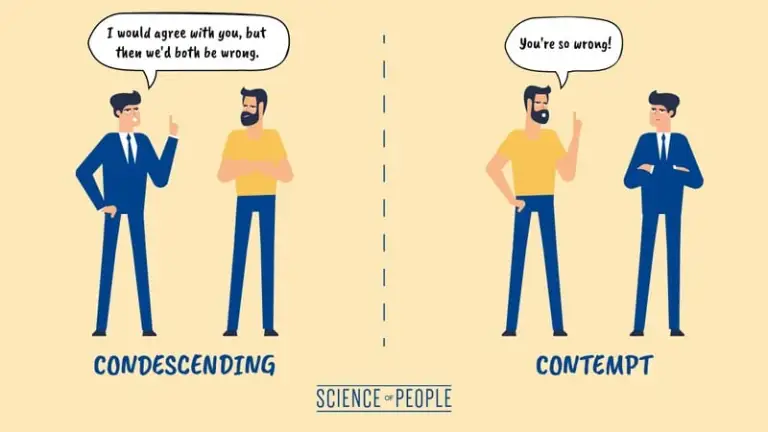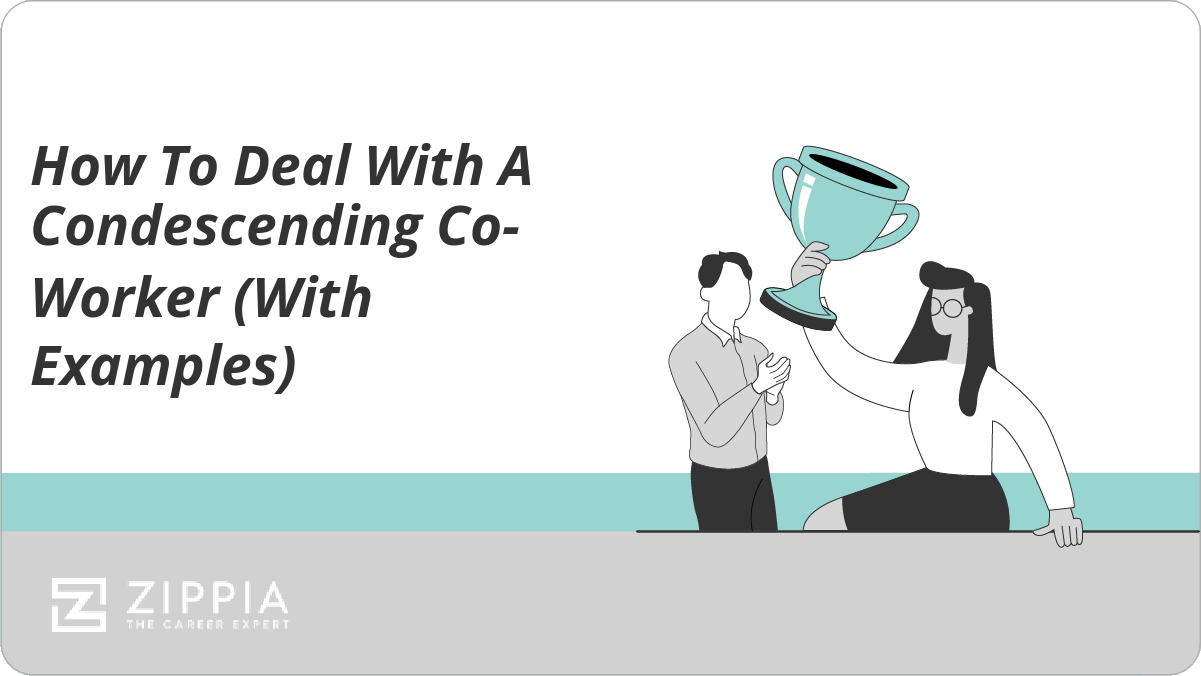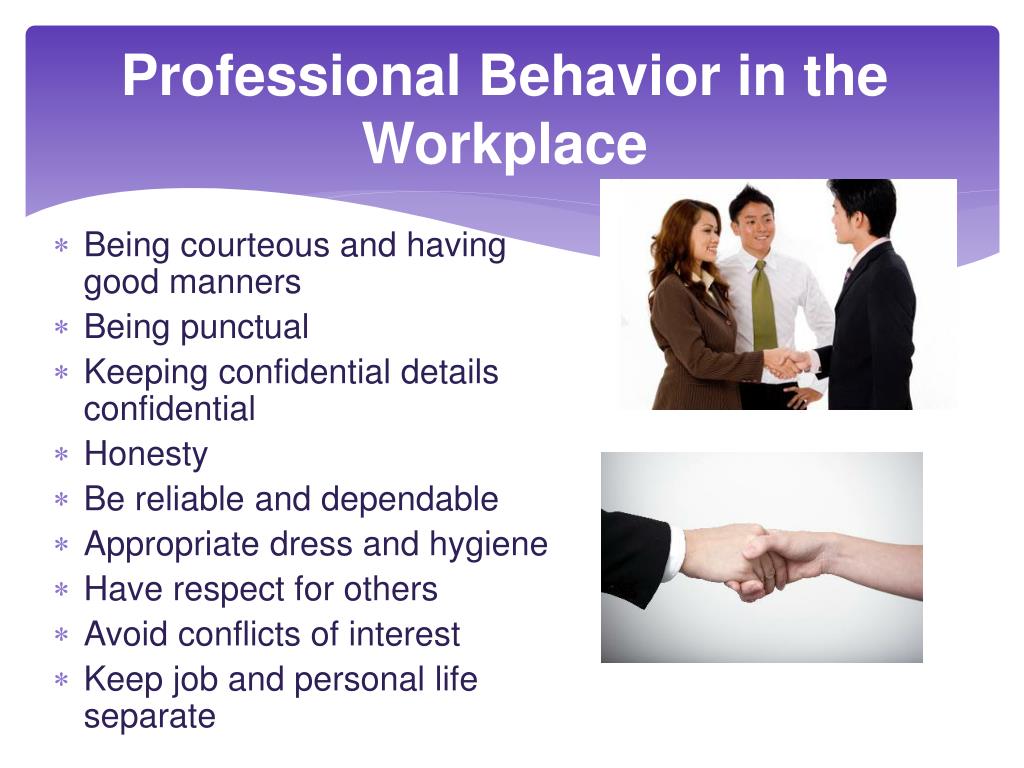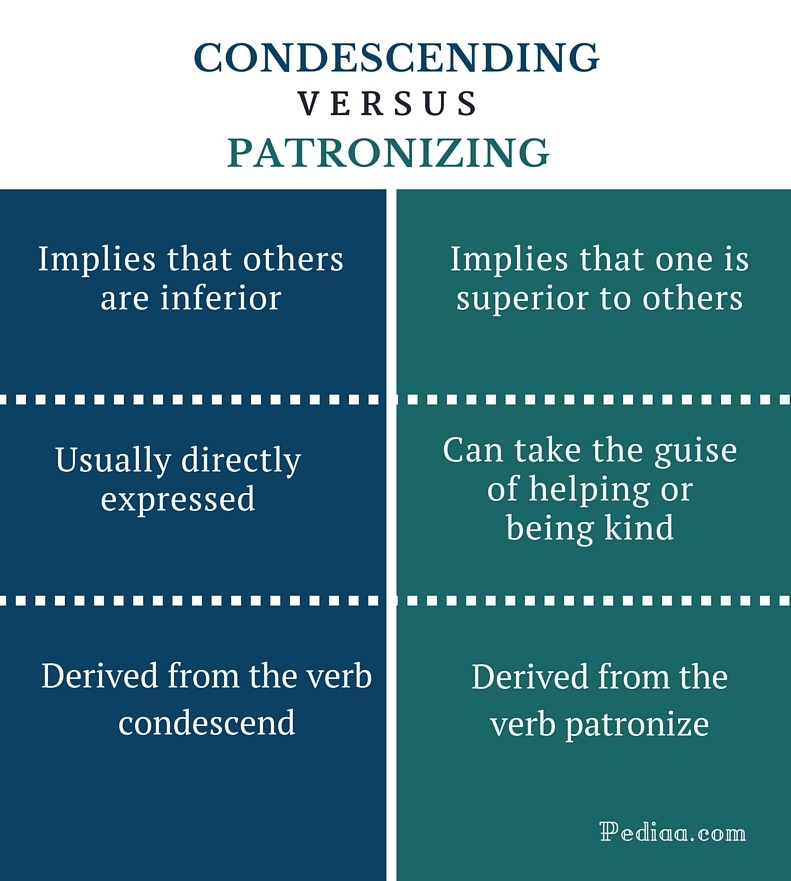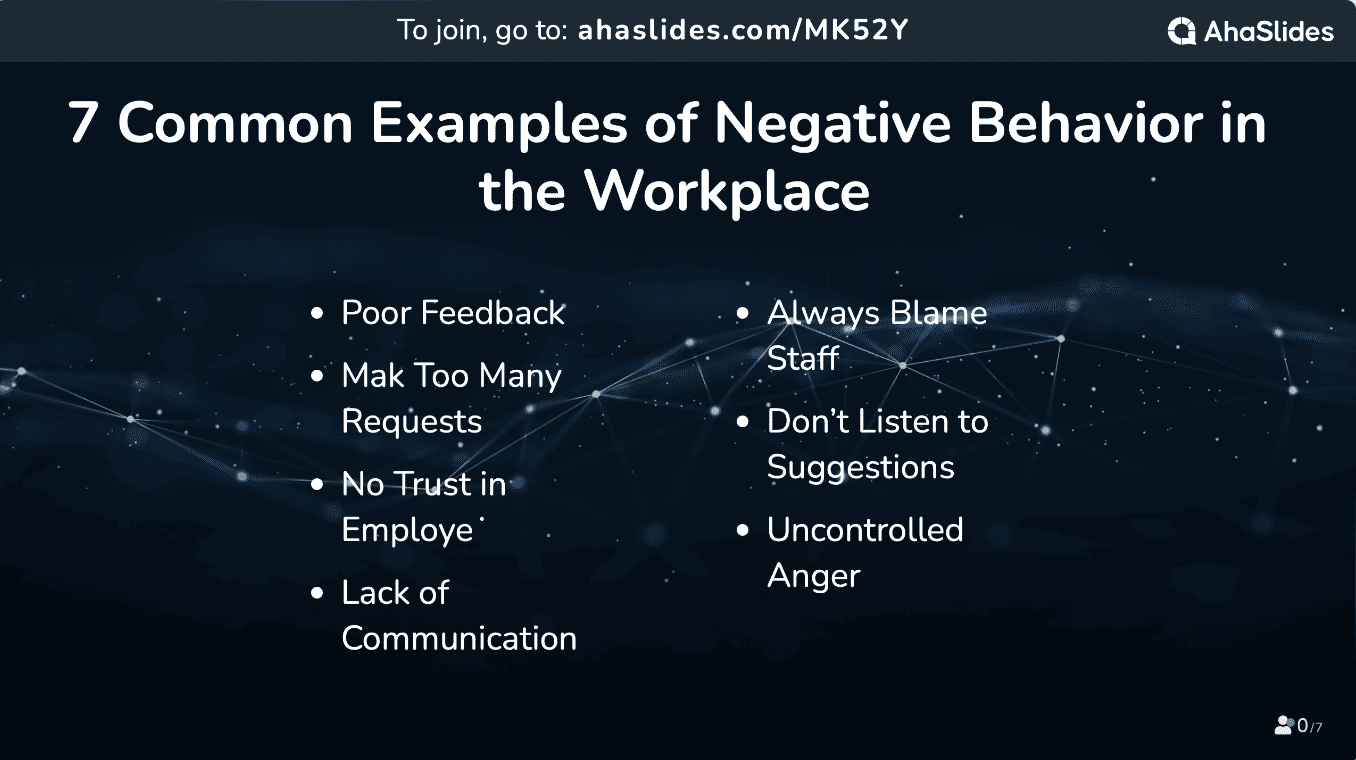Examples Of Condescending Behavior At Work
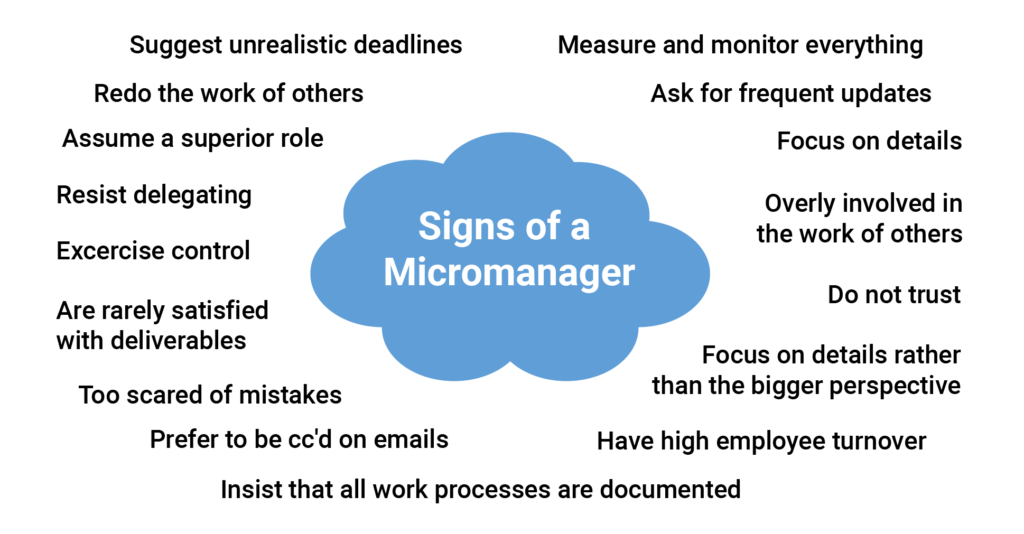
Condescending behavior in the workplace is not just irritating; it's a pervasive problem impacting morale, productivity, and even legal liabilities. Workers across various industries report experiencing or witnessing interactions that undermine their competence and value.
This article dissects specific examples of condescending behavior at work, exploring how seemingly minor interactions can create a toxic environment. We will examine patterns and provide insights into recognizing and addressing this detrimental dynamic.
What Condescending Behavior Looks Like
Condescension manifests in various forms. One common example is patronizing language. This includes using overly simplistic explanations when addressing someone with relevant expertise.
Another prevalent form is the dismissal of ideas. Consider scenarios where contributions are immediately rejected without genuine consideration, or when credit for ideas is stolen by superiors.
Microaggressions, subtle but offensive comments or actions directed at individuals based on their membership in a marginalized group, are also indicative of condescension. These can be particularly damaging as they are often ambiguous and difficult to address directly.
Examples in Action
Scenario 1: During a team meeting, a senior manager consistently interrupts a junior employee. This manager rephrases the junior employee's suggestions as if they were their own, receiving praise for ideas that were originally articulated by the subordinate.
Scenario 2: An experienced software developer is repeatedly asked to explain basic coding concepts to a colleague. Despite evidence of the colleague's understanding, the questions persist, creating an impression of incompetence.
Scenario 3: A female engineer proposes a solution to a technical problem. Her male colleagues dismiss it immediately, only to later adopt the same solution after it is suggested by a male team member.
Impact and Consequences
The impact of condescending behavior can be far-reaching. Individuals who are subjected to such treatment often experience decreased self-esteem and motivation.
Teams can become fractured as trust erodes and collaboration suffers. Ultimately, the organization's overall performance can be negatively affected.
"Condescending behavior creates a hostile work environment and can lead to increased employee turnover," says Dr. Anya Sharma, an organizational psychologist specializing in workplace dynamics.
Addressing the Issue
Addressing condescending behavior requires a multi-faceted approach. Organizations should implement clear policies against harassment and discrimination.
Training programs can raise awareness and equip employees with the skills to recognize and respond to condescension. Encouraging open communication and providing safe channels for reporting incidents are also crucial.
Immediate action is needed to prevent further harm and maintain a respectful workplace. Human Resources should prioritize addressing complaints thoroughly and impartially.
Moving Forward
Efforts to combat condescending behavior are ongoing. Many companies are reevaluating their cultures and implementing diversity and inclusion initiatives.
The key is to foster a culture of respect, where every employee feels valued and empowered. This requires a commitment from leadership at all levels.
Continued monitoring and evaluation of workplace dynamics are essential. Organizations must be proactive in identifying and addressing potential problems before they escalate.




